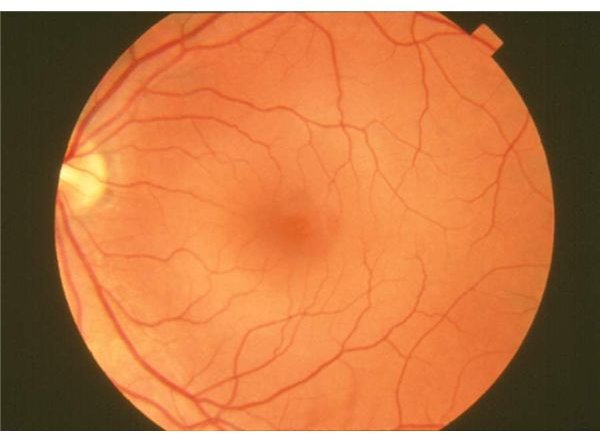Gene Therapy Cure for Blindness: How Genes Might be ABle to Treat Some Causes of Blindness
Cure for Blindness
The eye is a simple organ and is proving to be a good target for gene therapy. Successful gene therapy trials have taken place in the United States and the United Kingdom to cure Leber’s congenital amaurosis (LCA), an inherited degeneration of the retina.
The gene therapy concept is simplicity itself - replace a faulty gene with a functioning one, though in practice it is much trickier to achieve. In LCA that faulty gene is RPE65. It codes for a protein that is involved in the recycling of retinol, a chemical that is needed for the eye to be able to capture light. Mutations of the gene interfere with this process.
Gene Therapy Trials
In 2007 a team from Moorfields Eye Hospital in London conducted the first ever gene therapy attempt to treat a sight disorder. They did this by injecting working copies of the defective gene into the back of the retina. They operated on a UK man who was born with LCA. The research followed successful trials on animal models in the lab.
In 2008 scientists from the University of Florida and the University of Pennsylvania completed a successful gene therapy trial involving three patients with LCA.
Then in October 2009 the University of Pennsylvania did it again. They reported in The Lancet that 12 patients with LCA showed improvement in their vision following gene therapy. The improvement was significantly marked in the youngest patients.
The trial subjects were aged between eight and 44 and the corrective gene was injected into the eye with the worst vision. The therapeutic genes were shuttled into the body aboard a harmless virus.
After two weeks all patients reported an improvement in their vision in dimly lit situations. The children in the study showed such an improvement that they were able to walk unaided, whilst the biggest success story was an eight-year old boy who recovered near normal light sensitivity. The improvements in vision were tied to the amount of retinal cells that were salvageable, which means that early intervention produces the best results. No serious adverse side effects were reported.
Treating Causes of Blindness
The research provided further evidence that gene therapy for this cause of blindness could be a safe and viable treatment, although more work has to be done to determine the extent of the retina that will need to be treated to preserve sight. Only a small section of the retina was targeted in this trial. It’s also unclear how long the effects will last, though in animal models they have lasted for several years.
Long term it’s hoped that gene therapy will be used to treat LCA and some more causes of blindness as soon as a child is diagnosed with a condition.
